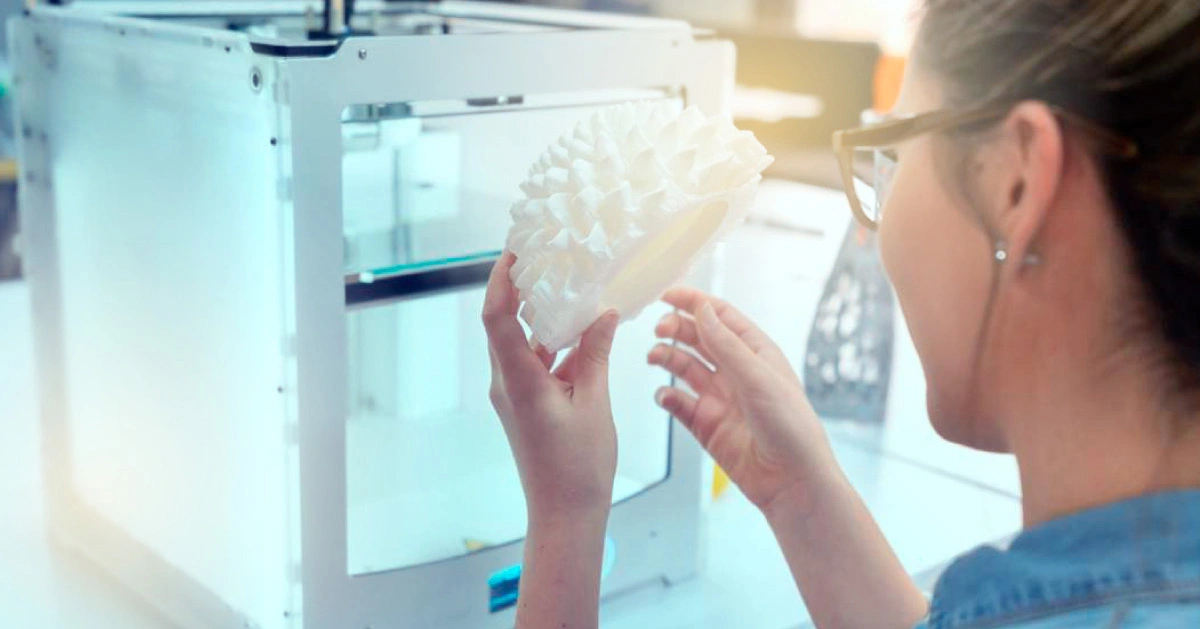
Pandemic Causes 3D Printing Epidemic in the Medical Industry
How a burgeoning technology is changing the future of healthcare
“What began during the pandemic in response to a critical need has expanded to change the way healthcare is delivered.” That’s Menno Ellis, executive vice president of healthcare solutions at 3D Systems, talking about the explosive growth in 3D printing in the medical industry over the past year.
During 2020, with the supply chain tied up in knots, 3D printing took center stage, enabling production of on-demand solutions for a wide variety of urgent needs, ranging from personal protective equipment (PPE) to medical devices and even entire isolation wards!
When you need it…yesterday
The versatility and rapid prototyping available with 3D printing (also known as additive manufacturing) mean that the technology can be mobilized quickly. Even when supply chains are massively disrupted, digital designs for critical parts can be shared online and manufactured on demand by any 3D-printing facility in the world.
PPE, such as face shields, and testing supplies like nasopharyngeal swabs were among the first pandemic products to be designed and created using 3D printing.
As more complicated needs arose, the FDA granted Emergency Use Authorization (EUA) for companies to expand into 3D printing of certain machine parts. For example, Massachusetts-based Formlabs received an EUA to print bi-level positive airway pressure (BiPAP) adapters to ease ventilator shortages.
No stopping it now
The 3D printing genie has been unleashed, and now there’s no stopping its growth in the medical device and healthcare industries. According to Marketing Insights, the global market for 3D-printed medical devices was valued at $1.12 billion in 2019. By 2025, it’s projected to reach $3.93 billion. That represents a compound annual growth rate of 17.6% from 2020 to 2025.
In a recent survey, SME Media talked to more than 700 manufacturing professionals in industries ranging from medical to aerospace and industrial to defense. They asked the companies what investments they plan to make post-pandemic. 3D printing was one of the top 4 investments in every industry surveyed.
A couple of key reasons for the surge in 3D printing are personalization and sustainability.
Printed just for you
Additive manufacturing does not require molds or multiple pieces of specialized equipment. The digital designs can rapidly be modified, which means that 3D printing can be used to create customized products based on a patient's anatomy, ushering in an era of true personalized medicine. Examples include:
- Customized prosthetics and implants
- Joint replacements
- Anatomical models for surgical planning and education
- Tissue and organ fabrication
- Personalized medical products and equipment
Green machines
The rise of 3D printing also represents an opportunity for greener manufacturing. Waste and excess inventory are reduced when parts are printed on demand. And with hyper-local production of goods, shipping requirements are drastically reduced. For example, some hospitals and health systems now have their own onsite 3D printers which they use to manufacture parts and equipment for patient care and research.
Experts say the future will most likely feature an additive manufacturing ecosystem with “microgrids” of 3D printing factories.
According to Chandrakant Patel, chief engineer at HP: “By building microgrids of manufacturing, you don’t need to build a gigantic plant. When you have modular factories globally distributed at scale and powered by local sources of renewable energy, such as solar and even waste streams (methane from anaerobic digestion of manure from dairy cows as an example), you can now drive toward net-zero manufacturing.”
